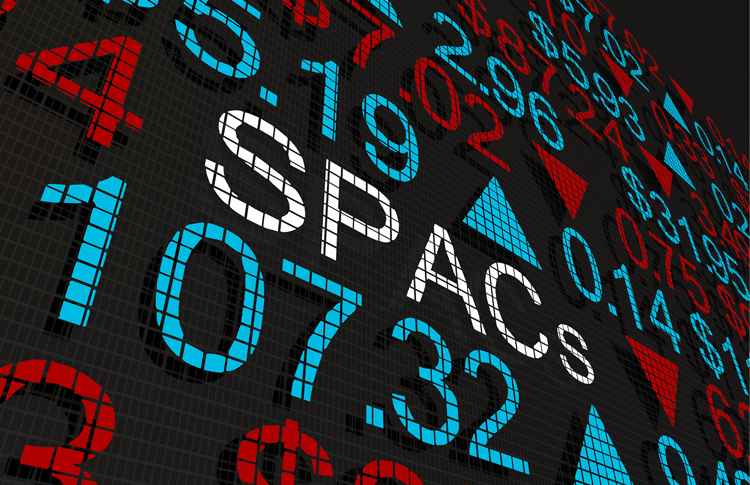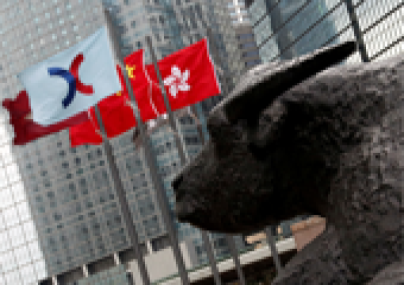
Special purpose acquisition vehicles (SPACs) have been around since the 1990s, but it’s only in the past few months that they have really exploded in the public imagination. As companies with no commercial operations that are formed strictly to raise capital through an initial public offering to acquire an existing company, SPACs have helped to fuel $63 billion of IPO fundraising worldwide in January this year.
The trend is catching on in Asia too. In early March, Indian green energy producer ReNew Power inked an agreement with a SPAC called RMG Acquisition Corporation II. ReNew is expected to get $610 million in net proceeds from the merger and will be valued at $4.4 billion. And Japanese tech giant SoftBank is said to be backing multiple such blank-check companies to raise millions of dollars. Among the most high-profile ones is WeWork, which recently announced plans to go public via a merger with a SPAC called BowX Acquisition, nearly two years after a failed attempt at an IPO. However, despite the buzz, SPACs aren’t without risk.
CAN WE EXPECT TO SEE THE SPAC TREND TO GROW IN ASIA?
Mark Uhrynuk, a partner at Mayer Brown, says that several SPACs are in discussions with technology, healthcare and fintech start-ups in Asia. “There is apparently a backlog developing of SPACs focusing on Asia as a target region,” he adds.
But while the economic imperative driving the SPAC boom is clear, “certain investors (and regulators) in Asia remain concerned about the quality of information disclosure, the potential for conflicts and corporate governance,” Uhrynuk says.
Despite this, future-focused Singapore appears to be “doing the most in Asia to attract SPAC listing activity,” Uhrynuk says, noting recent reports that the Singapore Stock Exchange is considering undertaking a formal consultation regarding the listing of SPACs.
“One of the drivers for this is to take advantage of the pool of tech startups in Southeast Asia, many of which have or will likely soon attain unicorn status,” he says, noting that Singapore could be the first major exchange in Asia “to join the rush to attract tech-focused SPACs.”
WHY ARE COUNTRIES PROCEEDING WITH CAUTION WHEN IT COMES TO ALLOWING SPACs?
Under U.S. securities regulations, IPO proceeds must be used by the SPAC to acquire a target company within a specific timeframe, typically 18-24 months, or the SPAC must return the proceeds to the investor with interest. “As a result, there are a large number of SPACs looking for private acquisition targets to take public, and there will be a heightened demand for private companies that meet the standards to function as a public company. There is a risk that a SPAC may never identify or consummate a deal with a suitable target,” Uhrynuk says.
When the SPAC goes public, the SPAC sponsor receives “an interest in the SPAC, referred to as the ‘promote,’ in return for a nominal investment. This creates a significant economic incentive for the SPAC sponsors to identify a target and get a deal done,” he adds.
“So there is a lot of SPAC capital chasing a limited number of suitable targets, and with a relatively narrow window to do a deal, there is a risk of a SPAC trying to execute a transaction at inflated valuations, on disadvantageous terms or without proper diligence,” he notes adding that while investors in a SPAC IPO can vote against a transaction or elect to redeem their interests “and ultimately get their investment back if a deal is not done within the timeframe as indicated above,” concerns persist around the quality of information for investors.
These investor risks are some of the reasons why key Asian markets generally do not permit these structures “at least at the moment,” Uhrynuk says.
WHAT ARE THE ADVANTAGES ASSOCIATED WITH SPACs?
“As compared to undertaking a traditional IPO, merging into or selling to a SPAC can theoretically provide a faster path to market, with greater price certainty and increased flexibility relating to the content and timing of the communications with shareholders and market participants,” says Uhrynuk.
Additionally, regarding valuation and pricing, “going public via a business combination (as opposed to a traditional IPO) can offer greater certainty as to the consideration (and the valuation for the private company) which is set at the time the merger or acquisition agreement is signed,” he adds.
While SPACs may be a compelling alternative to undertaking a traditional IPO, Uhrynuk warns that the structure is still evolving, “particularly as it relates to incentives paid to sponsors and other participants which has attracted criticism.”
But for some, the SPAC route might be the only option. “For certain Chinese start-ups, SPACs may have offered an easier route to U.S. capital markets amid U.S.-China trade tensions and the tightening of listing regulations,” Uhrynuk says.
To contact the editorial team, please email ALBEditor@thomsonreuters.com.

